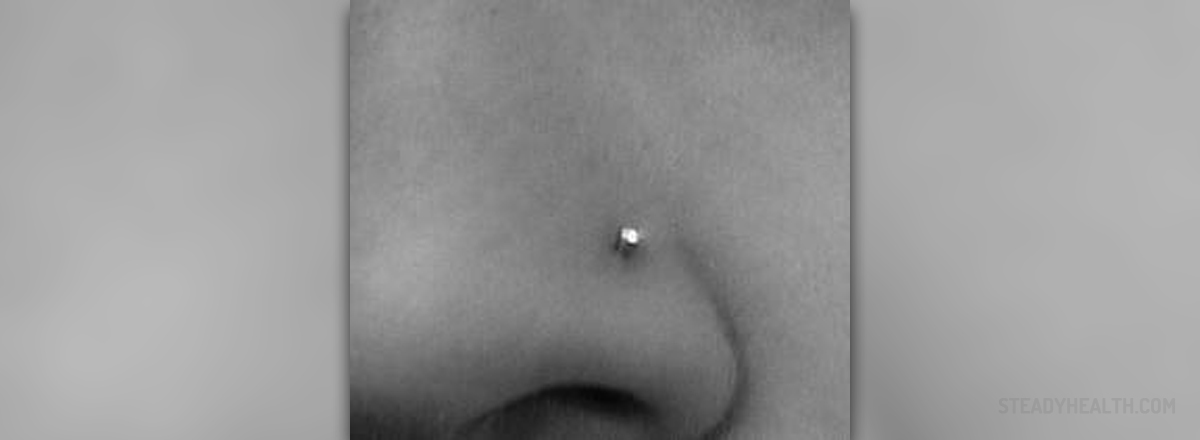
Fever blisters in the nose
Fever blisters or cold sores are very common. It is estimated that more than half a million Americans suffer from cold sores each year and that 95 percent of the entire population carries the herpes simplex virus that causes cold sores. Being a carrier of herpes simplex does not necessarily mean that a person will actually develop fever blisters, as the virus can remain dormant for a very long time.
Fever blisters most often appear on the lips. In (significantly) less common cases, cold sores can also appear inside the nose, on the nose, on the chin or on the skin between the nose and the upper lip. Contrary to what you may suspect, this is not due to nose picking or transferring the virus from your lip. In some cases, the herpes virus, which was dormant in your body anyway, simply erupts inside the nose. A weakened immune system, for instance as a result of allergies that have already damaged the mucus membranes in your nose, may increase your risk of a fever blister in the nose.
According to most experts on the subject, topical remedies are not very helpful for fever blisters in the nose, especially since it may be a bit difficult to apply them. Still, there are many tips and tricks for making a fever blister in the nose heal faster.
How to treat a fever blister (cold sore) in the nose
When it comes to fever blisters in the nose, it is better to see a doctor who will make a correct diagnosis rather than to attempt to treat this problem on your own.
Medical attention is advised in these cases mostly because fever blisters in the nose are not very common and a non-professional can easily mistake a cold sore in the nose for something else.
Most doctors recommend oral antiviral drugs for fever blisters in the nose. Fever blisters are caused by the herpes simplex virus, more precisely HSV-1, and as such they do not respond to antibiotics, which are only used to treat bacterial infections. Oral antiviral medications have to be taken exactly as prescribed and they must never be stopped until the course is complete. Just like with antibiotics, the effectiveness of antiviral medications depends on regular dosing, which means they have to be taken at the same time every day.
During the treatment, it is not advised to stick any object, including your fingers, inside the nose. If the fever blister is touched, scraped, pierced or damaged in any way, it will delay the healing and increase the risk of complications such as additional infections.
During the healing period, it helps to increase your intake of vitamins and minerals, both through foods and through supplements. Vitamin C is particularly important because of its ability to fight infections.
In addition, it is highly recommended to increase the intake of lysine. Lysine is an essential amino acid that plays an important role in the immune system and it has a direct negative effect on the herpes virus. On the other hand, sources of another amino acid called arginine should be avoided. Lysine can be taken through food but during herpes outbreaks it is better to take supplements as well.


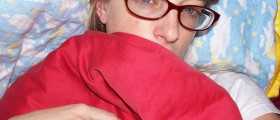
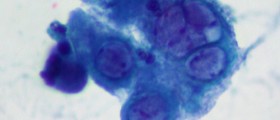
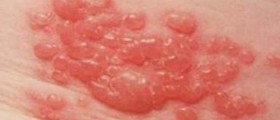

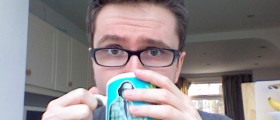
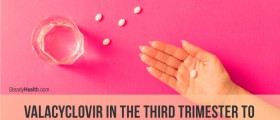


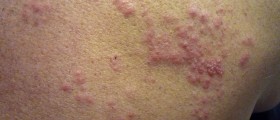
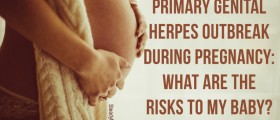

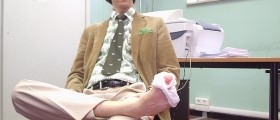
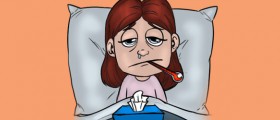


Your thoughts on this
Loading...